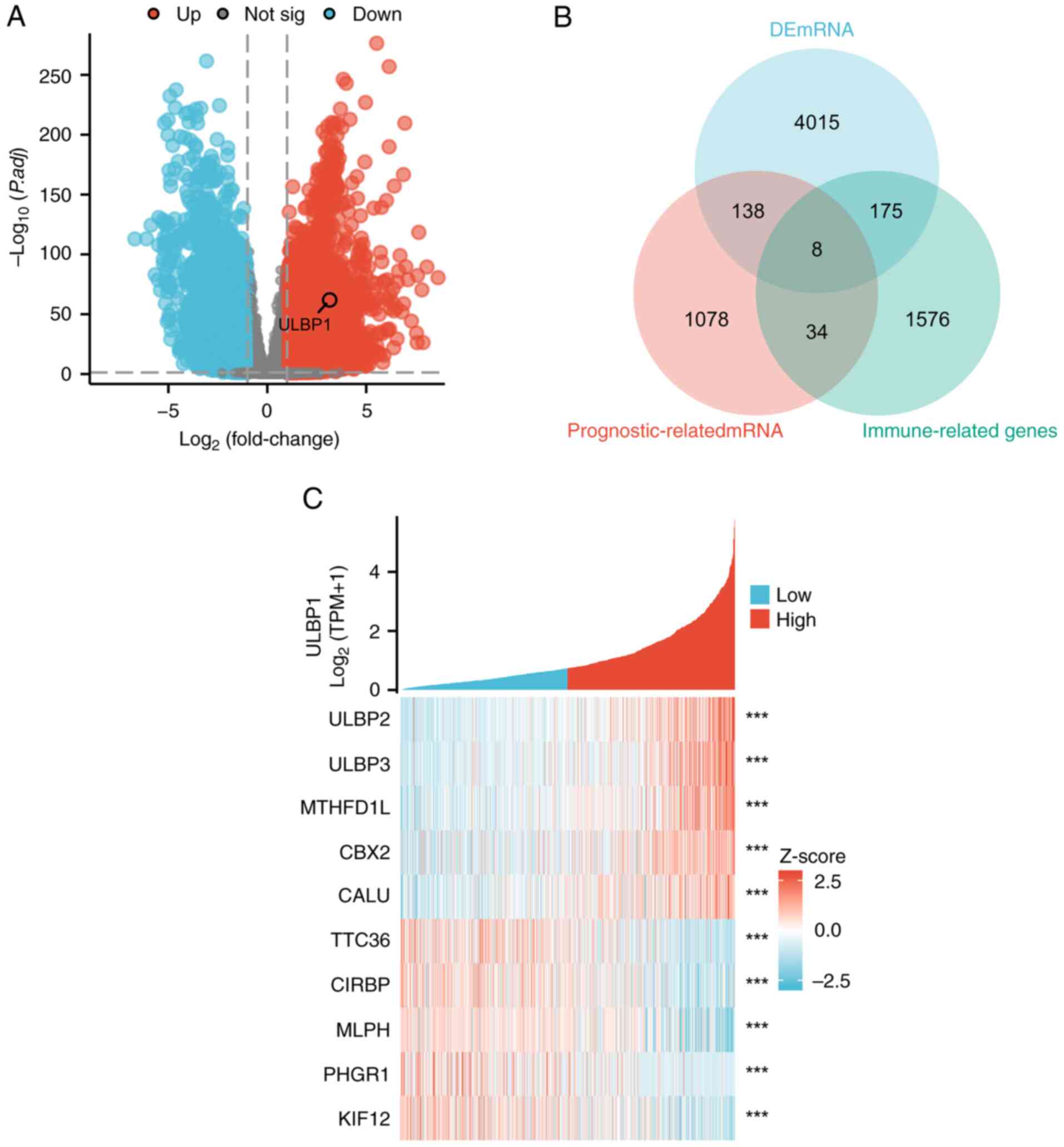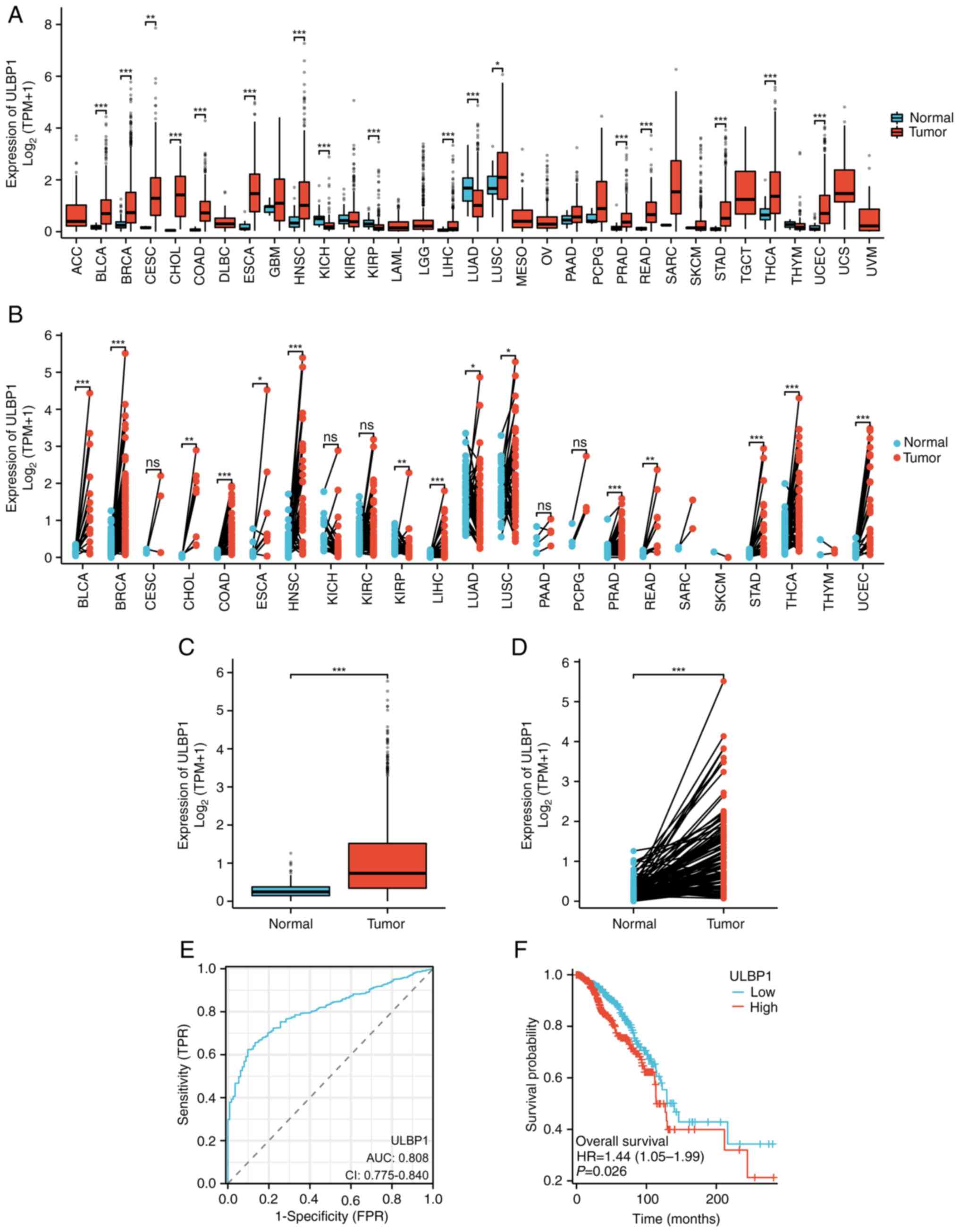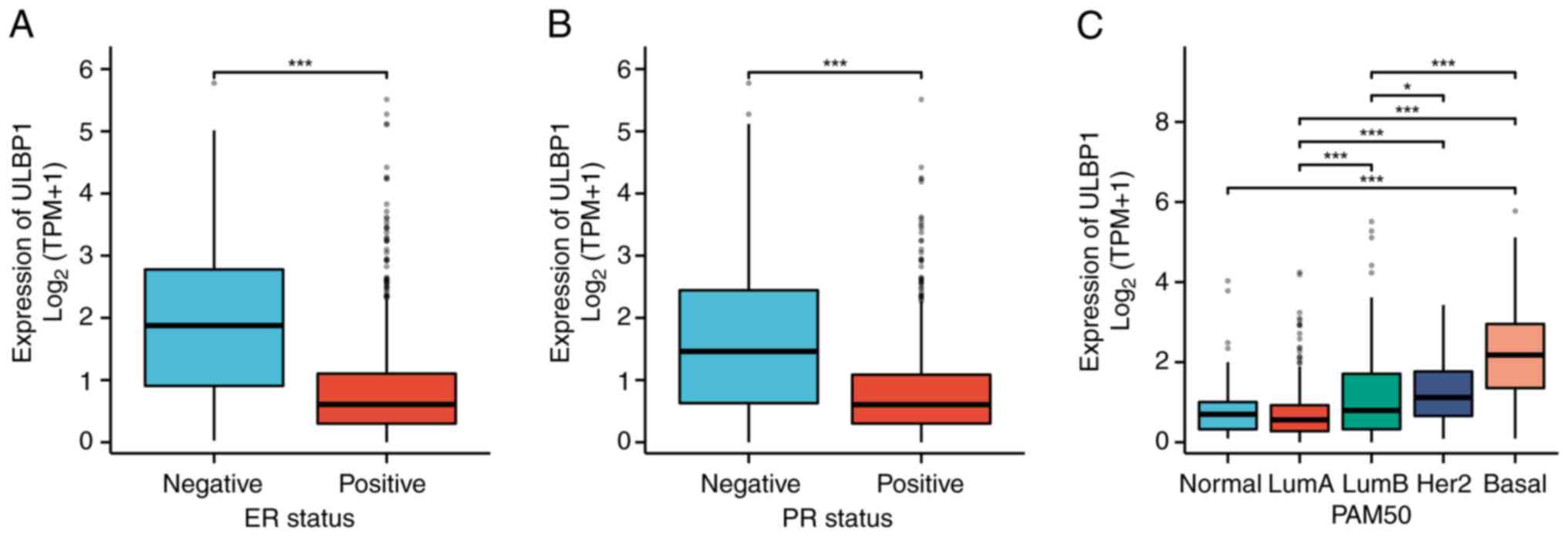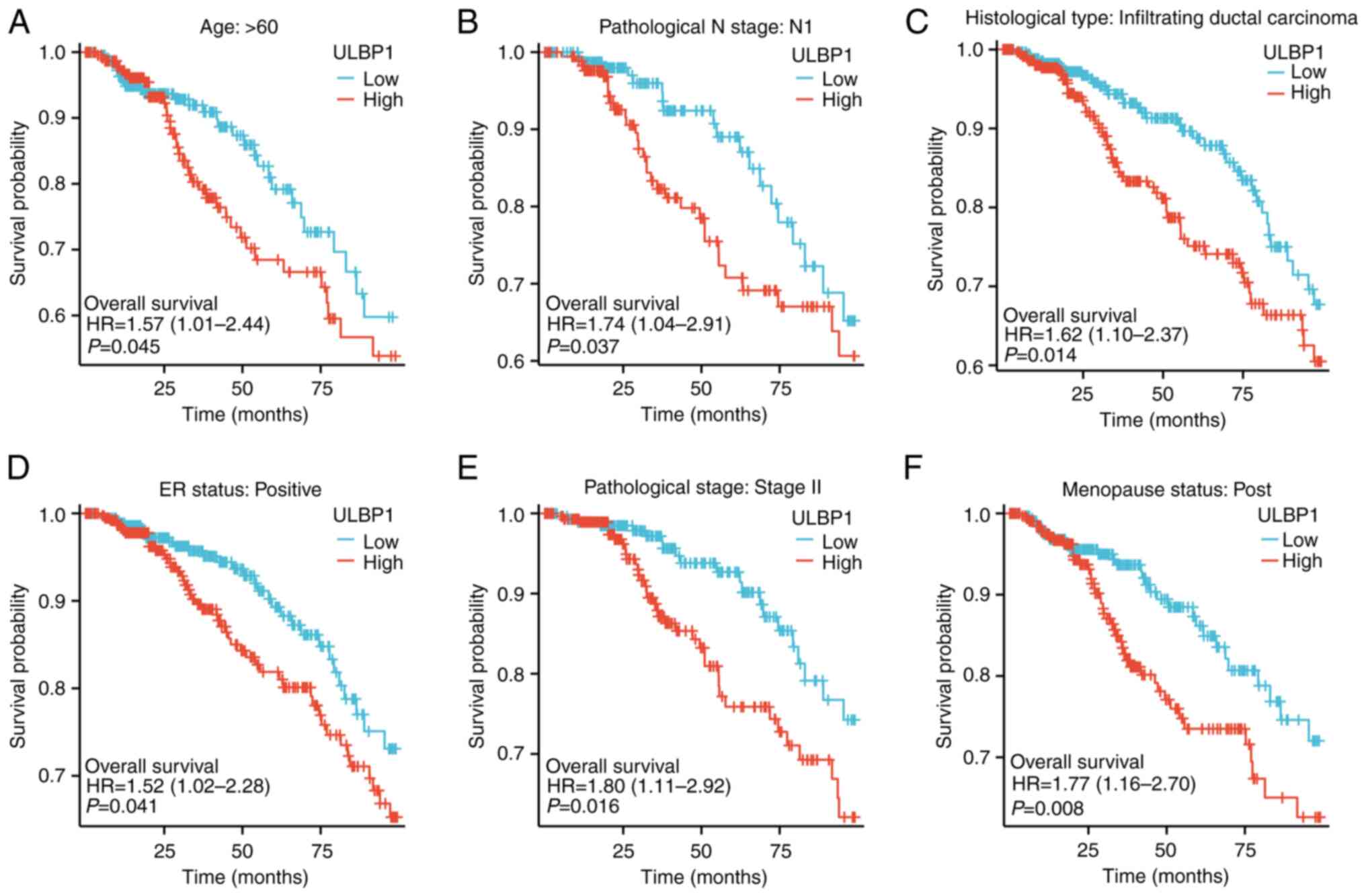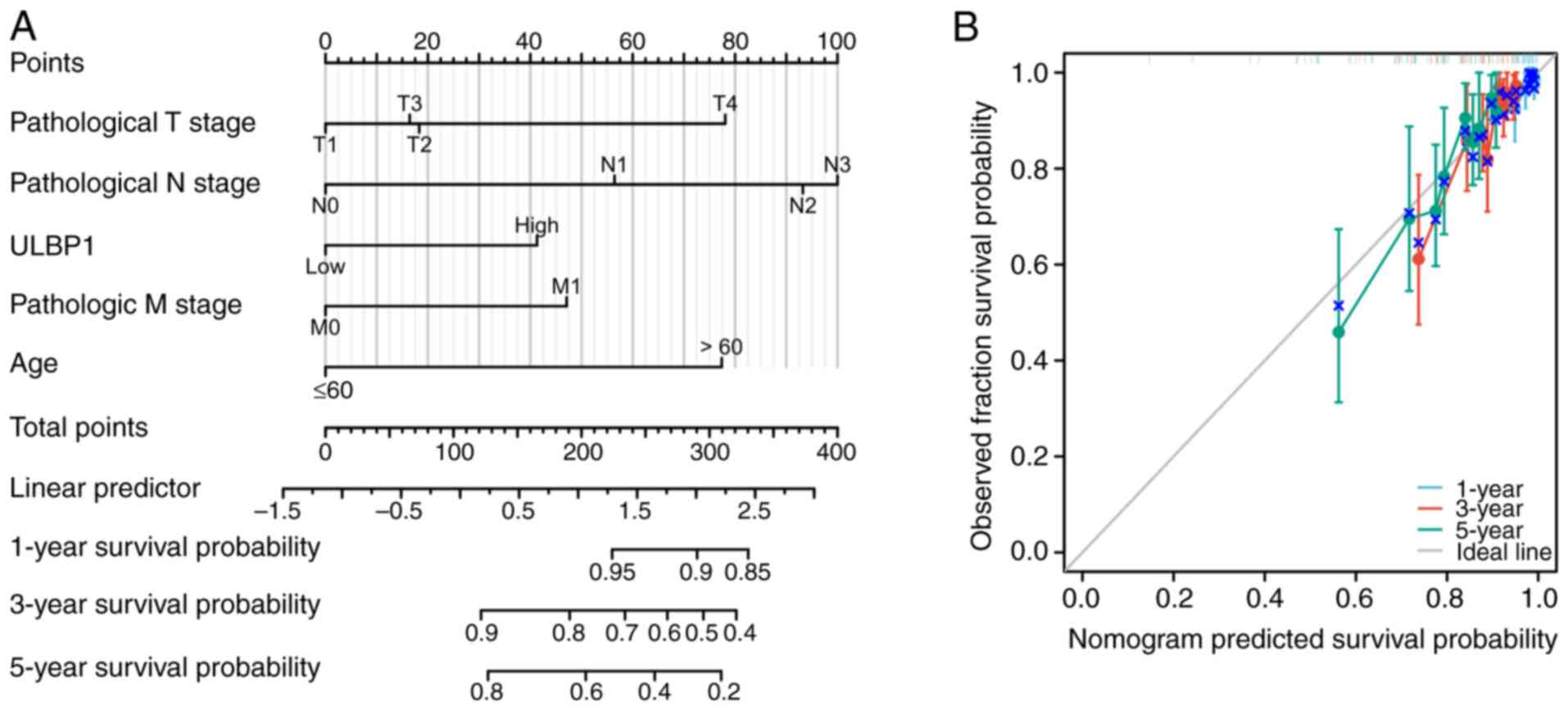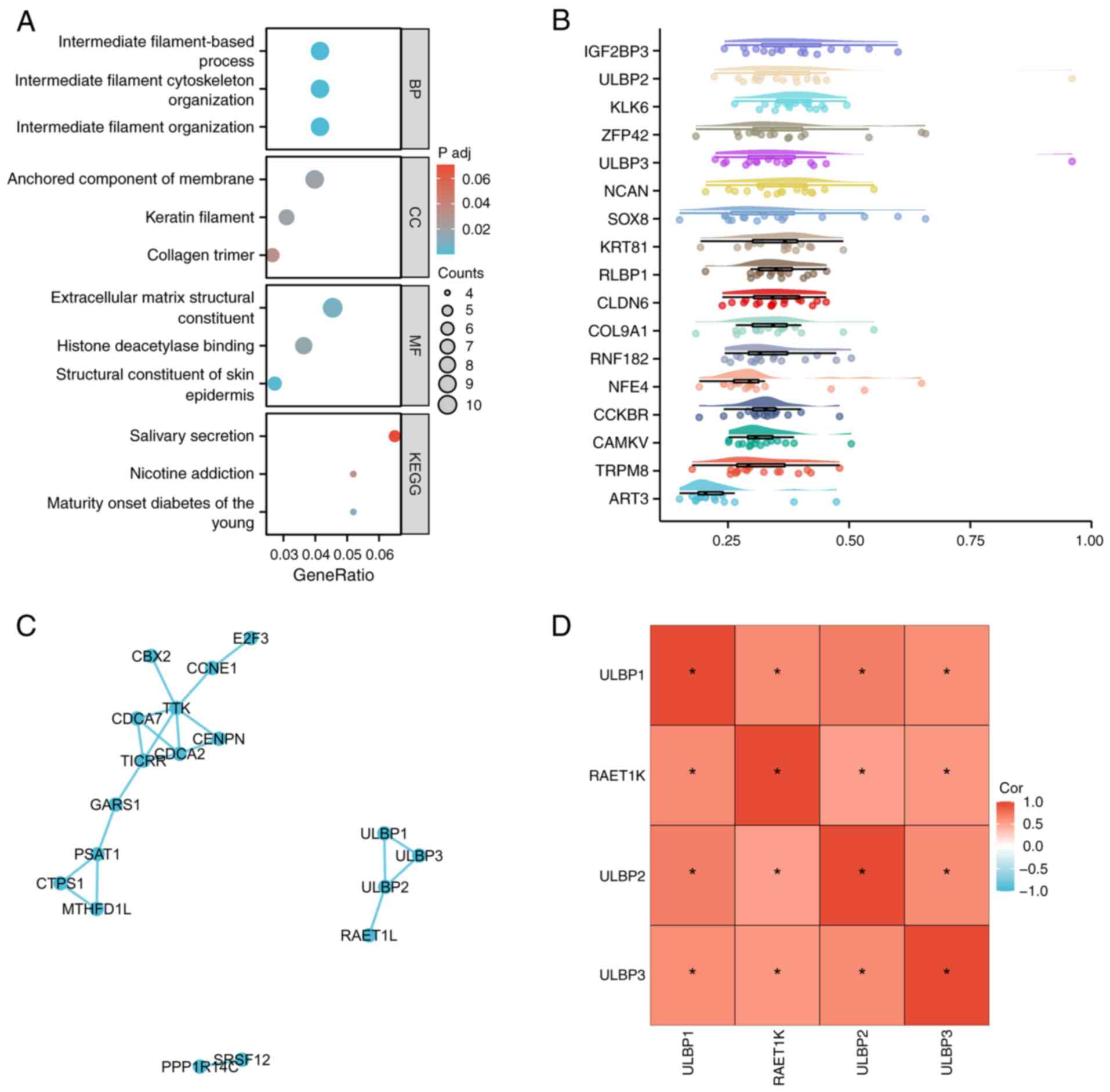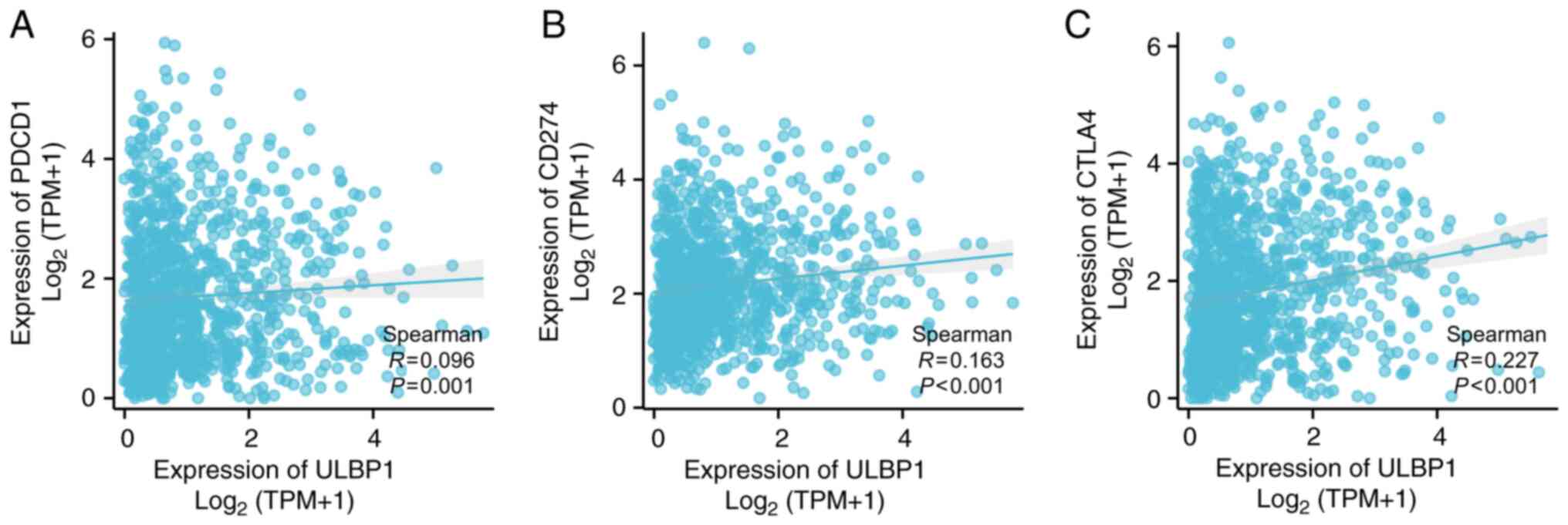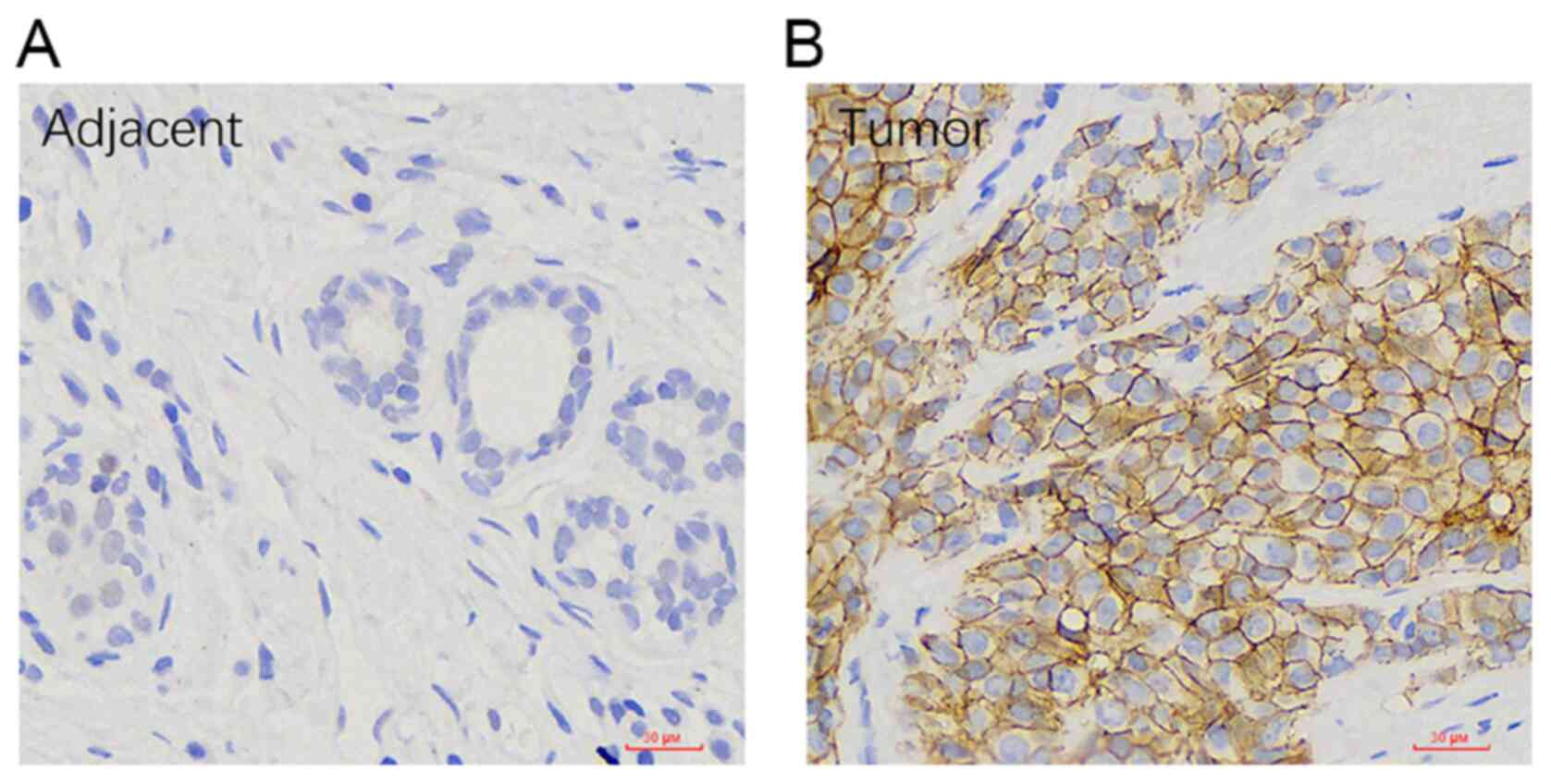|
1
|
Wilkinson L and Gathani T: Understanding
breast cancer as a global health concern. The Br J Radiol.
95:202110332022. View Article : Google Scholar
|
|
2
|
Kawiak A: Molecular research and treatment
of breast cancer. Int J Mol Sci. 23:96172022. View Article : Google Scholar
|
|
3
|
Trapani D, Ginsburg O, Fadelu T, Lin NU,
Hassett M, Ilbawi AM, Anderson BO and Curigliano G: Global
challenges and policy solutions in breast cancer control. Cancer
Treat Rev. 104:1023392022. View Article : Google Scholar
|
|
4
|
Ben-Dror J, Shalamov M and Sonnenblick A:
The history of early breast cancer treatment. Genes (Basel).
13:9602022. View Article : Google Scholar
|
|
5
|
Katsura C, Ogunmwonyi I, Kankam HK and
Saha S: Breast cancer: Presentation, investigation and management.
Br J Hosp Med (Lond). 83:1–7. 2022. View Article : Google Scholar
|
|
6
|
Sarhangi N, Hajjari S, Heydari SF,
Ganjizadeh M, Rouhollah F and Hasanzad M: Breast cancer in the era
of precision medicine. Mol Biol Rep. 49:10023–10037. 2022.
View Article : Google Scholar
|
|
7
|
Goel S and Chandarlapaty S: Emerging
therapies for breast cancer. Cold Spring Harb Perspect Med.
13:a0413332023. View Article : Google Scholar
|
|
8
|
Lança T, Correia DV, Moita CF, Raquel H,
Neves-Costa A, Ferreira C, Ramalho JS, Barata JT, Moita LF, Gomes
AQ and Silva-Santos B: The MHC class Ib protein ULBP1 is a
nonredundant determinant of leukemia/lymphoma susceptibility to
gammadelta T-cell cytotoxicity. Blood. 115:2407–2411. 2010.
View Article : Google Scholar
|
|
9
|
López-Soto A, Quiñones-Lombraña A,
López-Arbesú R, López-Larrea C and González S: Transcriptional
regulation of ULBP1, a human ligand of the NKG2D receptor. J Biol
Chem. 281:30419–30430. 2006. View Article : Google Scholar
|
|
10
|
Hu B, Tian X and Li Y, Liu Y, Yang T, Han
Z, An J, Kong L and Li Y: Epithelial-mesenchymal transition may be
involved in the immune evasion of circulating gastric tumor cells
via downregulation of ULBP1. Cancer Med. 9:2686–2697. 2020.
View Article : Google Scholar
|
|
11
|
Zuo J, Willcox BE and Moss P: ULBPs:
Regulators of human lymphocyte stress recognition. Oncotarget.
8:106157–106158. 2017. View Article : Google Scholar
|
|
12
|
Ruan GT, Xie HL, Zhu LC, Ge YZ, Yan L,
Liao C, Gong YZ and Shi HP: Immune ULBP1 is elevated in colon
adenocarcinoma and predicts prognosis. Front Genet. 13:7625142022.
View Article : Google Scholar
|
|
13
|
Easom NJW, Marks M, Jobe D, Gillmore R,
Meyer T, Maini MK and Njie R: ULBP1 is elevated in human
hepatocellular carcinoma and predicts outcome. Front Oncol.
10:9712020. View Article : Google Scholar
|
|
14
|
Cho H, Chung JY, Kim S, Braunschweig T,
Kang TH, Kim J, Chung EJ, Hewitt SM and Kim JH: MICA/B and ULBP1
NKG2D ligands are independent predictors of good prognosis in
cervical cancer. BMC Cancer. 14:9572014. View Article : Google Scholar
|
|
15
|
Wen WX, Soo JS, Kwan PY, Hong E, Khang TF,
Mariapun S, Lee CS, Hasan SN, Rajadurai P, Yip CH, et al: Germline
APOBEC3B deletion is associated with breast cancer risk in an Asian
multi-ethnic cohort and with immune cell presentation. Breast
Cancer Res. 18:562016. View Article : Google Scholar
|
|
16
|
Bild AH, Yao G, Chang JT, Wang Q, Potti A,
Chasse D, Joshi MB, Harpole D, Lancaster JM, Berchuck A, et al:
Oncogenic pathway signatures in human cancers as a guide to
targeted therapies. Nature. 439:353–357. 2006. View Article : Google Scholar
|
|
17
|
Liu RZ, Graham K, Glubrecht DD, Germain
DR, Mackey JR and Godbout R: Association of FABP5 expression with
poor survival in triple-negative breast cancer: Implication for
retinoic acid therapy. Am J Pathol. 178:997–1008. 2011. View Article : Google Scholar
|
|
18
|
Clarke C, Madden SF, Doolan P, Aherne ST,
Joyce H, O'Driscoll L, Gallagher WM, Hennessy BT, Moriarty M, Crown
J, et al: Correlating transcriptional networks to breast cancer
survival: A large-scale coexpression analysis. Carcinogenesis.
34:2300–2308. 2013. View Article : Google Scholar
|
|
19
|
Zhang X, Ruan Y, Li Y, Lin D and Quan C:
Tight junction protein claudin-6 inhibits growth and induces the
apoptosis of cervical carcinoma cells in vitro and in
vivo. Med Oncol. 32:1482015. View Article : Google Scholar
|
|
20
|
Kamimura H, Yamagiwa S, Tsuchiya A,
Takamura M, Matsuda Y, Ohkoshi S, Inoue M, Wakai T, Shirai Y,
Nomoto M, et al: Reduced NKG2D ligand expression in hepatocellular
carcinoma correlates with early recurrence. J Hepatol. 56:381–388.
2012. View Article : Google Scholar
|
|
21
|
Lee GH, An HJ, Kim TH, Kim G, Park KS,
Park H, Lee TH and Kwon AY: Clinical impact of natural killer group
2D receptor expression and that of its ligand in ovarian
carcinomas: A retrospective study. Yonsei Med J. 62:288–297. 2021.
View Article : Google Scholar
|
|
22
|
Liu X, Sun M, Yu S, Liu K, Li X and Shi H:
Potential therapeutic strategy for gastric cancer peritoneal
metastasis by NKG2D ligands-specific T cells. Onco Targets Ther.
8:3095–3104. 2015.
|
|
23
|
Bae JH, Kim SJ, Kim MJ, Oh SO, Chung JS,
Kim SH and Kang CD: Susceptibility to natural killer cell-mediated
lysis of colon cancer cells is enhanced by treatment with epidermal
growth factor receptor inhibitors through UL16-binding protein-1
induction. Cancer Sci. 103:7–16. 2012. View Article : Google Scholar
|
|
24
|
Himmelreich H, Mathys A, Wodnar-Filipowicz
A and Kalberer CP: Post-transcriptional regulation of ULBP1 ligand
for the activating immunoreceptor NKG2D involves 3′ untranslated
region. Hum Immunol. 72:470–478. 2011. View Article : Google Scholar
|
|
25
|
Nanbakhsh A, Pochon C, Mallavialle A,
Amsellem S, Bourhis JH and Chouaib S: c-Myc regulates expression of
NKG2D ligands ULBP1/2/3 in AML and modulates their susceptibility
to NK-mediated lysis. Blood. 123:3585–3595. 2014. View Article : Google Scholar
|
|
26
|
Textor S, Fiegler N, Arnold A, Porgador A,
Hofmann TG and Cerwenka A: Human NK cells are alerted to induction
of p53 in cancer cells by upregulation of the NKG2D ligands ULBP1
and ULBP2. Cancer Res. 71:5998–6009. 2011. View Article : Google Scholar
|
|
27
|
Odle TG: Precision medicine in breast
cancer. Radiol Technol. 88:401M–421M. 2017.
|
|
28
|
Postow MA, Sidlow R and Hellmann MD:
Immune-related adverse events associated with immune checkpoint
blockade. N Engl J Med. 378:158–168. 2018. View Article : Google Scholar
|
|
29
|
Zhang Y and Zheng J: Functions of immune
checkpoint molecules beyond immune evasion. Adv Exp Med Biol.
1248:201–226. 2020. View Article : Google Scholar
|
|
30
|
Onkar SS, Carleton NM, Lucas PC, Bruno TC,
Lee AV, Vignali DAA and Oesterreich S: The great immune escape:
understanding the divergent immune response in breast cancer
subtypes. Cancer discov. 13:23–40. 2023. View Article : Google Scholar
|
|
31
|
da Silva JL, Cardoso Nunes NC, Izetti P,
de Mesquita GG and de Melo AC: Triple negative breast cancer: A
thorough review of biomarkers. Crit Rev Oncol Hematol. 145:102855.
2020. View Article : Google Scholar
|
|
32
|
Dermani FK, Samadi P, Rahmani G, Kohlan AK
and Najafi R: PD-1/PD-L1 immune checkpoint: Potential target for
cancer therapy. J Cell Physiol. 234:1313–1325. 2019. View Article : Google Scholar
|



